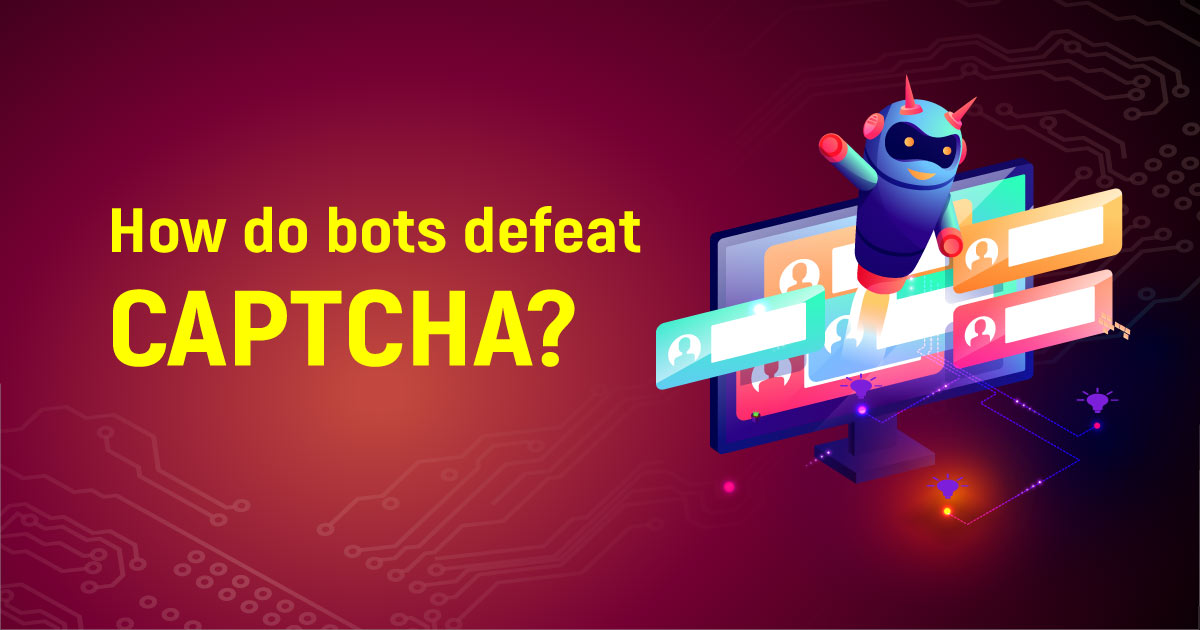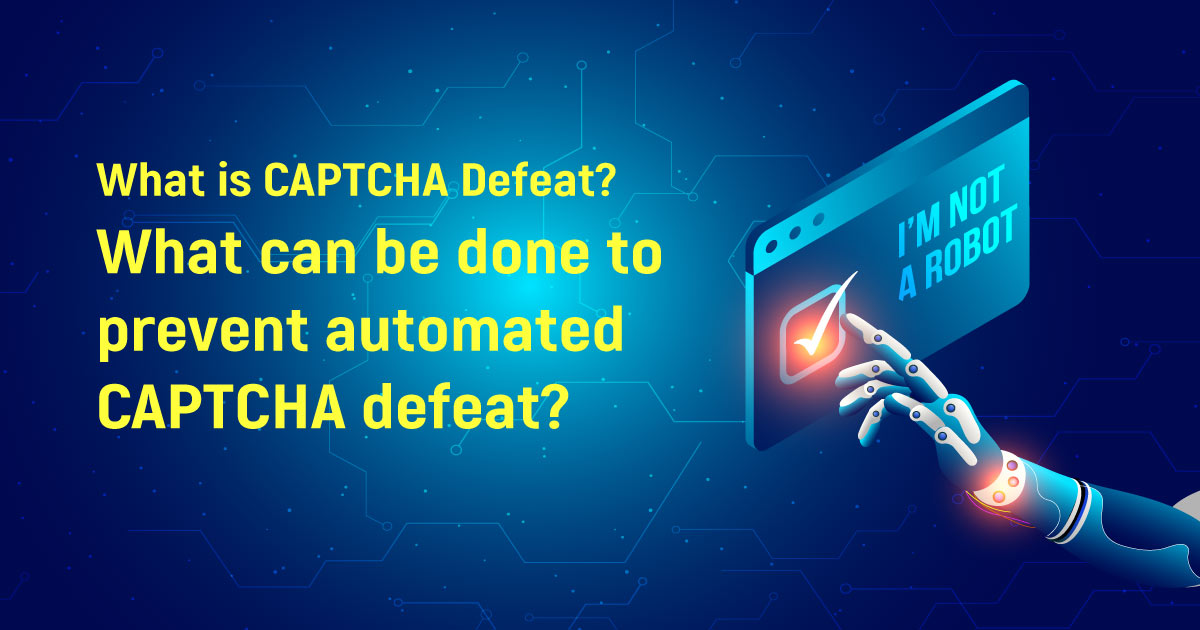What is CAPTCHA?
CAPTCHA (Completely Automated Public Turing test to tell Computers and Humans Apart) is a technology that was developed to prevent automated bots from spamming or abusing websites.
CAPTCHAs work by presenting a challenge that is easy for humans to solve but difficult for computers to solve. This challenge could be a distorted image of text, a puzzle, or a simple math problem.
Why is CAPTCHA important?
CAPTCHA is important in cybersecurity for several reasons:
Prevent automated attacks:
CAPTCHA is designed to prevent automated attacks such as brute force attacks, where an attacker tries to guess a password or access a system by repeatedly submitting login attempts. CAPTCHA ensures that only humans are able to submit login attempts, making it more difficult for automated attacks to succeed.
Protect sensitive information:
CAPTCHA is often used in online forms and registration processes to prevent bots from submitting spam or malicious content. This helps to protect sensitive information such as personal data, financial information, and intellectual property.
Prevent fraud:
CAPTCHA is also used to prevent fraud by ensuring that only humans can perform certain actions, such as creating accounts, making purchases, or submitting comments on a website. This helps to prevent automated bots from taking advantage of vulnerable systems or users.
Enhance cybersecurity awareness:
By using CAPTCHA, websites and applications can help to raise awareness about cybersecurity and the importance of protecting against automated attacks. This can encourage users to adopt better cybersecurity practices and become more aware of the risks associated with online activity.
What is CAPTCHA Defeat?
CAPTCHA Defeat is an automated threat. There are methods to defeat CAPTCHAs, such as using automated software that can recognize and solve the challenge posed by the CAPTCHA. These methods are known as CAPTCHA defeats or CAPTCHA bypasses.
The rise of automated bot technology, on the other hand, has made it easier for attackers to bypass CAPTCHAs. These attackers implement sophisticated algorithms capable of quickly and accurately recognising and solving the CAPTCHA challenge. Once the CAPTCHA is defeated, the automated bot can proceed to do whatever it was programmed to do, such as creating multiple accounts, posting spam comments, or conducting fraudulent transactions.
The consequences of automated CAPTCHA defeat can be severe. It can lead to the creation of fake accounts, which can be used to spread malicious content, steal personal information, or conduct phishing attacks.
How do bots defeat CAPTCHA?

The rise of automated bot technology, on the other hand, has made it easier for attackers to bypass CAPTCHAs. Automated bots can also cause website downtime or overload servers, leading to significant financial losses for businesses.
OCR (Optical Character Recognition):
OCR software can be trained to recognize and extract the characters in a CAPTCHA image. Once the characters are extracted, the bot can input them into the form.
Machine Learning:
Some bots use machine learning algorithms to learn how to recognize and solve CAPTCHAs. They are trained on a large dataset of CAPTCHA images and their solutions, and can then recognize new CAPTCHA images and generate the correct solutions.
Reverse Engineering:
Some bots can reverse engineer the CAPTCHA algorithm used by a website and generate valid solutions without actually solving the CAPTCHA.
Human Assistance:
Some bots use human workers to solve CAPTCHAs. They send the CAPTCHA image to a human worker who solves it and returns the solution to the bot.
So, what can be done to prevent automated CAPTCHA Defeat?
-
One solution is to make CAPTCHAs more complex and challenging. This could involve using more complex images or puzzles, or using multiple challenges in sequence. However, this can also lead to usability issues for legitimate users, who may find it difficult to complete the challenges.
-
Another solution is to use machine learning algorithms to detect and block automated bot traffic. These algorithms can analyze traffic patterns and detect unusual behavior, such as a high number of requests from a single IP address or a high number of requests in a short period of time. This approach can be effective, but it can also be costly and resource-intensive.
-
Finally, one of the most effective ways to prevent automated CAPTCHA defeat is to use multi-factor authentication. This involves using a combination of different authentication factors, such as something the user knows (password), something the user has (a physical token), or something the user has (biometric data). By using multiple factors, it becomes much more difficult for attackers to defeat the authentication mechanism, even if they can defeat the CAPTCHA.
Overall, CAPTCHA is an important tool in cybersecurity that helps to protect against a wide range of threats and vulnerabilities. As CAPTCHAs become more complex, so do the methods used to defeat them. However, developers are constantly working to improve the security of CAPTCHAs to stay ahead of automated bots and prevent abuse on websites.
Conclusion
Automated CAPTCHA defeat is a growing threat that requires innovative solutions. By using more complex CAPTCHAs, machine learning algorithms, and multi-factor authentication, we can reduce the risk of automated bot attacks and keep our online environments safe and secure.












